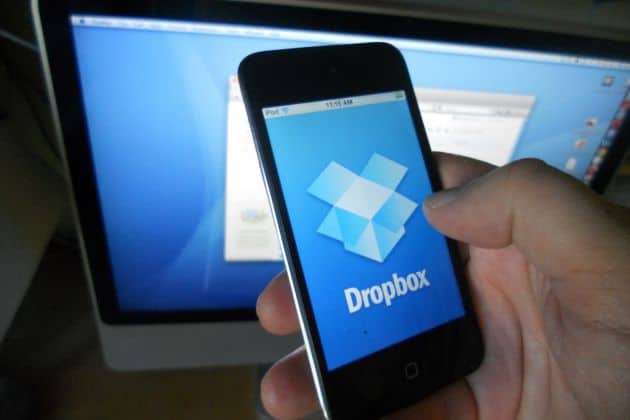Dropbox states that the adoption of Shingled Magnetic Recording (SMR) technology has reduced the cost and energy consumption of its data centers, and added hundreds of petabytes of new data storage capacity. SMR technology was deployed last year.
SMR is a magnetic storage technology used in HDDs to improve storage density, as well as the storage capacity per drive.
Dropbox used the technology to expand the capacity of Magic Pocket on an exabyte scale. Magic Pocket is the exabyte-scale infrastructure of the company itself, which it has been building since 2016 to rely less on Amazon Web Services and other cloud providers, writes ZDNet.
To enable SMR deployment, Dropbox collected SMR disks from vendors. It also designed a discussed hardware and component ecosystem around those disks and created new software to make sure everything worked together with the existing Magic Pocket architecture.
Goals achieved
Now Dropbox says that it has achieved the various goals it had set for the SMR deployment. We have grown the density of our disk capacity faster than the growth of the data itself, according to the company. That means that at this level, almost 40 percent of all Dropbox data will be on SMR by the end of 2019. That’s better than the goal the company had set.
In addition, SMR has achieved cost savings of over 20 percent compared to the previous generation of storage design. We can now store 10 to 20 percent more data on an SMR drive than on a PMR drive of the same capacity, with virtually no cost difference.
Finally, according to Dropbox, SMR is more energy-efficient. We use much denser drives, but our energy consumption has only increased marginally.
Density continues to grow
However, the work on SMR technology has not yet been completed, according to Dropbox in a blog post. Our teams have already started to further increase density for our 2020 storage designs, and we are confident that this new architecture will allow us to take advantage of future innovations in data storage technology.
This news article was automatically translated from Dutch to give Techzine.eu a head start. All news articles after September 1, 2019 are written in native English and NOT translated. All our background stories are written in native English as well. For more information read our launch article.